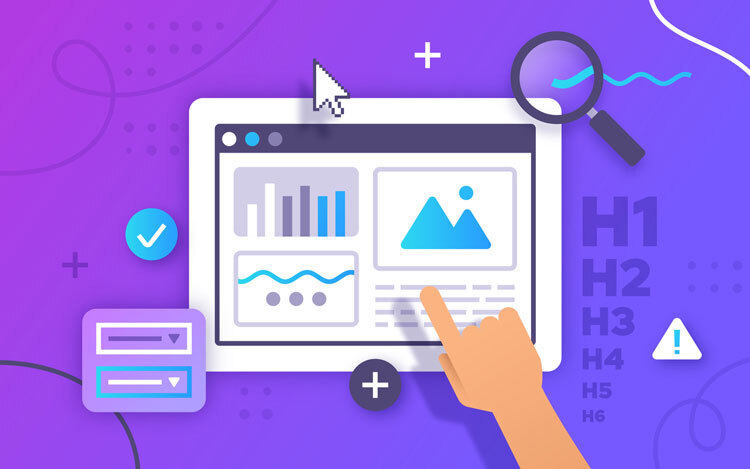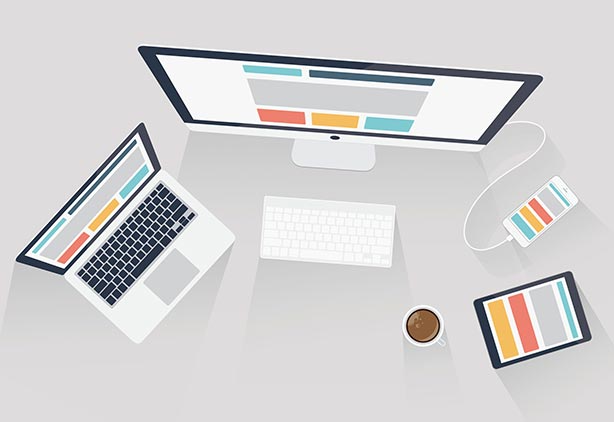UX Design Process: A Guide to Increasing User Experience
Businesses having websites are common today, but how many of those websites provide good UX/UI to their visitors? For a website to offer good performance, it needs to be fast, easily navigable, and accessible to its visitors. Therefore, the user experience is important for an effective marketing strategy. If you want to increase your website’s user experience, here is a 7-step UX design process you can follow.
- User research
The first step of every UX process is user research which helps website owners decide their target customers. User research tells you what your audience expects from your business or your products. In this step, it is important to know the business requirements, budgets, and goals.
- UX Audit
Without a UX audit, there is no way to tell which part of your website is holding you back from offering a full user experience to your visitors. If it is a bad user interface, an audit will help you know about it by analyzing the exit rates or bounce rates.
A bad user interface will also affect your click-through rates.
- Defining requirements
Knowing what project you are starting and what requirements you will have is always good. Whether it is software tools, information, or external help, one of the first few steps must be about defining all the requirements. Brainstorming sessions can help in concluding requirements.
- Information Architecture
How the information will flow on the website depends on the information architecture (IA), which organizes the content and its flow on the website or application. No matter how complex a set of information you have, the main goal here is to create a seamless flow of the same. This is where a wireframe can help.
- Visual designs
While visual design sounds like all fonts and colors, it is more about the usability and functionality of a website – the user interface. Therefore, it focuses on defining what buttons go where to make it a highly functional and easily usable design.
- Prototyping
Prototyping is the step where the whole design looks like an interactive product, and that gives the impression of what the exact product will look like – with colors and interactive elements. In this step, developers and designers take the final validation from the website owners and expect a go-ahead.
- Testing
After creating the final product, the next step is to test it, including the evaluation and benchmarking. Testing help developers and designers find any bugs or errors before it is launched for the end users.
Conclusion
There are various other things that go under a successful design process. If you own a website, whether or not it is eCommerce, you should invest in some good UX design services because your customers clearly give importance to the user experience. With these 7 steps, we hope you have an idea about what the process includes before it is available for launch.




 +91 8277203000
+91 8277203000
